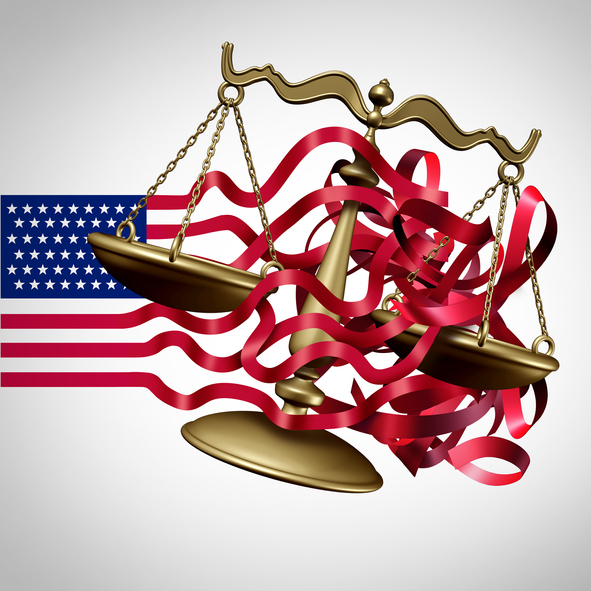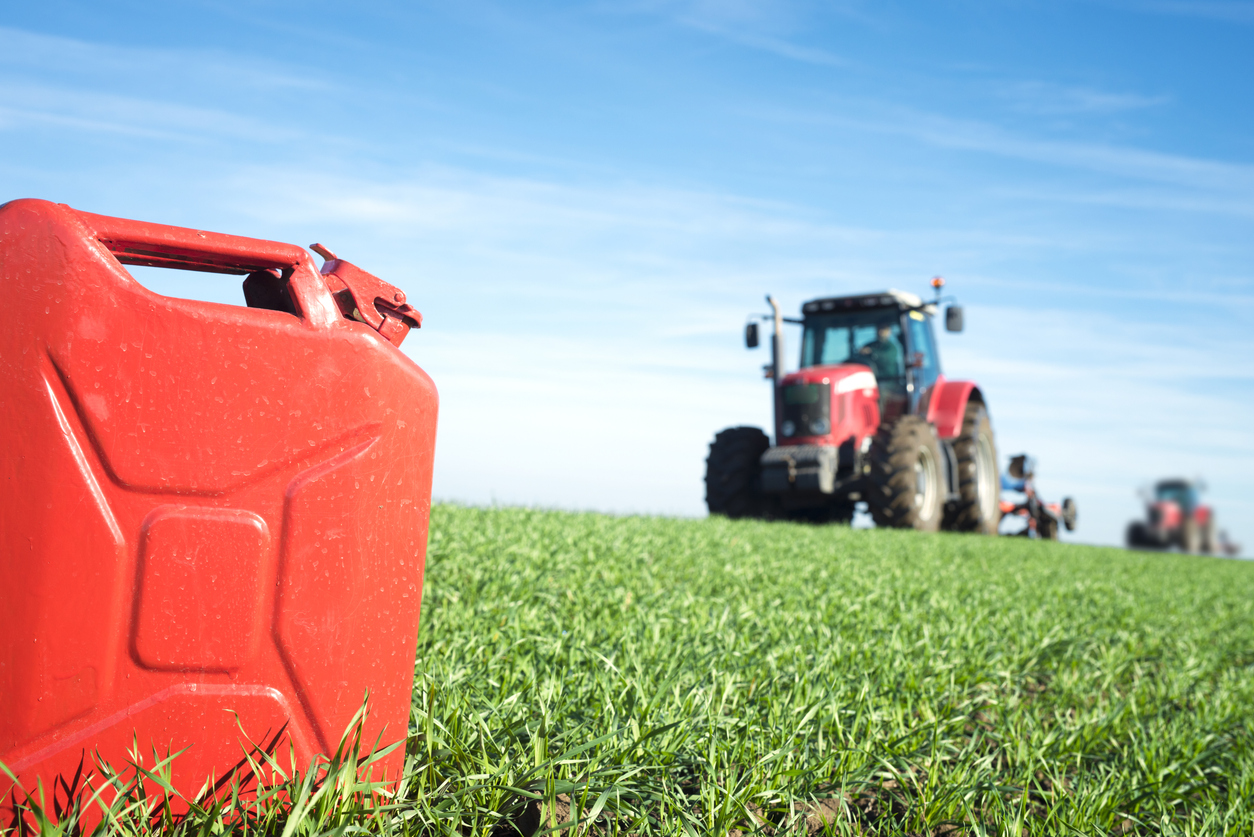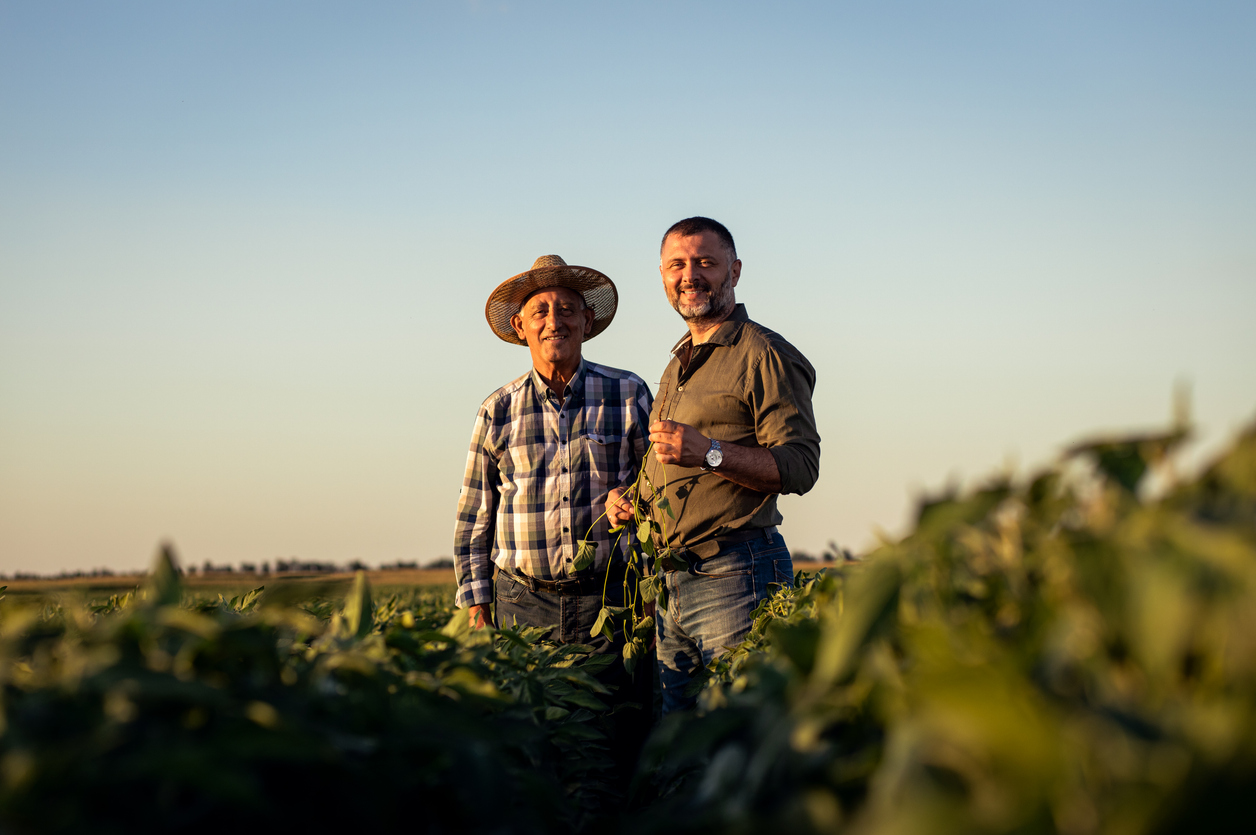Related Articles
When the U.S. Environmental Protection Agency (EPA) broadened its definition of the waters of the United States (WOTUS) in 2015 to encompass virtually every body of water, permanent and ephemeral, it sparked a series of legal challenges.
The original goal of the Clean Water Act – to establish regulation of discharges of pollutants into the waters of the United States and set quality standards for surface waters – has long been muddied by politics. In 2019, the 2015 WOTUS rule was repealed due to the over-reach created by the application of the significant nexus in the interpretation of navigable, interstate, and territorial waters.
Now, the EPA is examining yet another change to the interpretation to the WOTUS that would take the rule back in time to the U.S. Supreme Court rulings from the early 2000s.
Under WOTUS, the interpretation of “significant nexus” is the key to determining how the Clean Water Act may be applied. The U.S. Supreme Court interpreted the “significant nexus” to mean “waters of the U.S.” if they “either alone or in combination with similarly situated waters in the region significantly affect the chemical, physical, or biological integrity of traditional navigable water, interstate waters, or territorial seas.”
Three Supreme Court cases expanded the definition of the “significant nexus” to include “adjacent wetlands,” “relatively permanent standing or continuously flowing bodies of water” that did not necessarily have to be navigable, and the definition of navigable wetlands was expanded to be defined as wetlands which could be made navigable if they were adjacent to already navigable waterways.
What does this mean for agriculture? A great many waterways, streams, seasonal ditches, and irrigation ways potentially become subject to the WOTUS on either a permanent or temporary basis.
Continually redefining what the WOTUS is will not provide better answers for farmers, ranchers, or the general public. Nor will it provide a better application of the Clean Water Act. If the EPA wants the best application available of the Clean Water Act, the tools already in place, under the original intent of the act, are the best option for our waterways. If the law needs to be changed, Congress, not the bureaucracy, is the proper venue.
A simple outline of the “dos and don’ts” of water pollution and the punishments for violations is the commonsense approach to the Clean Water Act and the WOTUS.
Interestingly, the EPA held 10 stakeholder meetings regarding changes to the WOTUS, but none of those meetings included residents of Washington state despite our heavy reliance upon irrigated agriculture in the Eastern two-thirds of our state and the vast riparian ecosystems in the Western third.
So, while the EPA will certainly hold Washingtonians to the same standards as the rest of the United States, we were not invited to the table to craft the rules. Many will say it is because our state’s rules are stricter that those put forth by the EPA but if federal bureaucrats make the rules more strict, Washington farmers and residents won’t have had the opportunity that others did to influence the rules.
Redefining the WOTUS yet again will do little for water quality but will have serious implications for farmers and ranchers who are already struggling. It is time to stop fiddling with the system in place and provide certainty for food producers and consumers.





